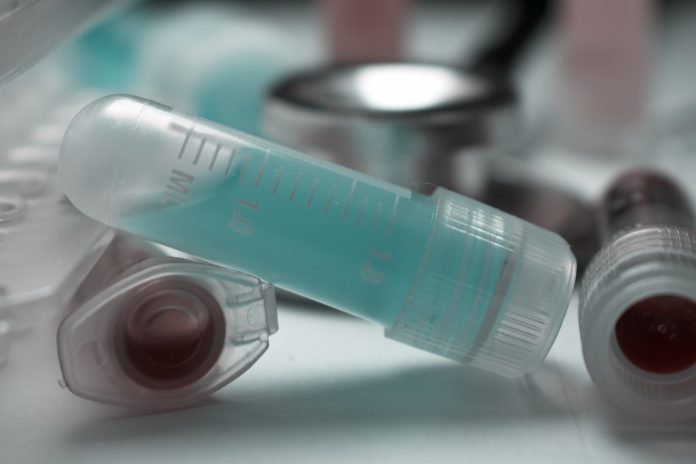The ‘London patient’ joins the ‘Berlin patient’ as the second person in history to be cured of HIV, which is achieved via transplant of rare HIV-resistant stem cells
Adam Castillejo is a 40-year-old patient who has become the second person in the world to be cured of HIV. He joins the ‘Berlin patient’ in having no further active HIV infection in his body.
Professor Ravindra Kumar Gupta, lead on the research team, said: “The London patient has been in HIV-1 remission for 30 months with no detectable replication-competent virus in blood, CSF, intestinal tissue, or lymphoid tissue.
“We propose that these findings represent HIV-1 cure.”
This is an incredible moment for people living with HIV across the world.
Dr Hans Kluge, WHO Regional Director for Europe, commented: “I remember when a diagnosis of HIV seemed like a death sentence. Now, with proper treatment, people with HIV can live without fear of AIDS.”
In light of this second cured patient, the future looks even more positive than the hopes explained by Dr Kluge.
How does the HIV cure work?
The cure is not a drug that can be manufactured and administered like the COVID-19 vaccine.
Scientists have extracted stem cells from people who are resistant to HIV, then transplanting these cells into Mr Castillejo, who revealed his identity recently. The HIV-resistant cells then replace the non-resistant cells in the patient.
Could this cure mean the end of the HIV epidemic?
Unfortunately, there are societal and personal obstacles outside of the literal cure being scaled up and made available.
The HIV epidemic in North America continues to have worse outcomes across racial lines, and overlaps with a severe opioids epidemic in socio-economically worse off areas.
While Black people make up 13% of the US population, they are 43% of HIV-related deaths in 2018. These entwined factors create a difficulty of treatment – for medical care is expensive, inaccessible and stigma continues to exist about having HIV in the first place.
Currently, the UK have made it possible for people living with HIV to access the COVID vaccine without declaring their medical status.
Dr Errol Fields, Johns Hopkins University School of Medicine, said: “The racial disparities that so rapidly emerged with COVID-19 are a reminder that until these inequities are addressed, disparities in HIV and COVID-19 outcomes will persist and ending the HIV epidemic will remain elusive.”
Across the world, HIV is a huge problem for women and girls who have to trade themselves sexually in exchange for access to resources like food, water and medicine.
“While many infectious diseases like HIV/AIDS do not have a direct link to the environment in their transmission patterns or vectors, disasters such as drought can still have a significant influence on the social conditions that shape and enhance vulnerabilities,” said the researchers.
Even if this HIV cure was available in a mainstream way tomorrow, accessibility and affordability would prevent thousands from being able to take the treatment.












HIV is your money making disease. You can’t manufacture a drug to wipe out in order not to lose market for your ARVs